Description
A fence encloses three standing tabby chimneys of slave cabins, with additional tabby rubble on the ground. In the woods next to the fence is another tabby remnant. According to the Heritage Library Foundation, “The tabby used is a distinct mix containing whole clam shell in addition to the normal oyster shell aggregate. Broken brick, glass and ceramics are also spotted in the tabby.”
History
Established in 1762, Fish Haul Plantation gets it name from the adjoining Fish Haul Creek. It also goes by the name Drayton Plantation from owner Thomas Fenwick Drayton, a Confederate general who used his family home as his headquarters in 1861. Union forces captured the property, giving a portion of it to former slaves. The freed slaves who received some of the property formed Mitchelville, the nation’s first freedmen’s village.
Location
GPS: N 32°18.291and W 80°38.555
Address: 70 Baygall Rd., Hilton Head Island, SC 29928
Accessibility: The ruins are enclosed in a fence next to Barker Field; another tabby remnant
is situated in adjacent woods.
For more information see the Heritage Library Foundation.

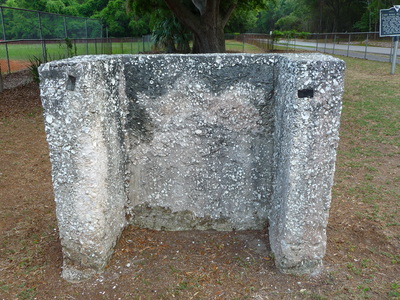
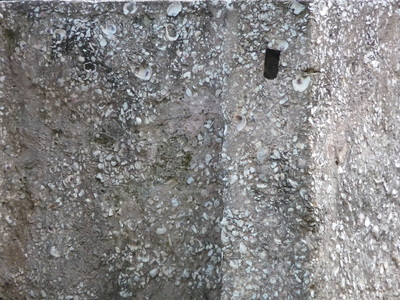
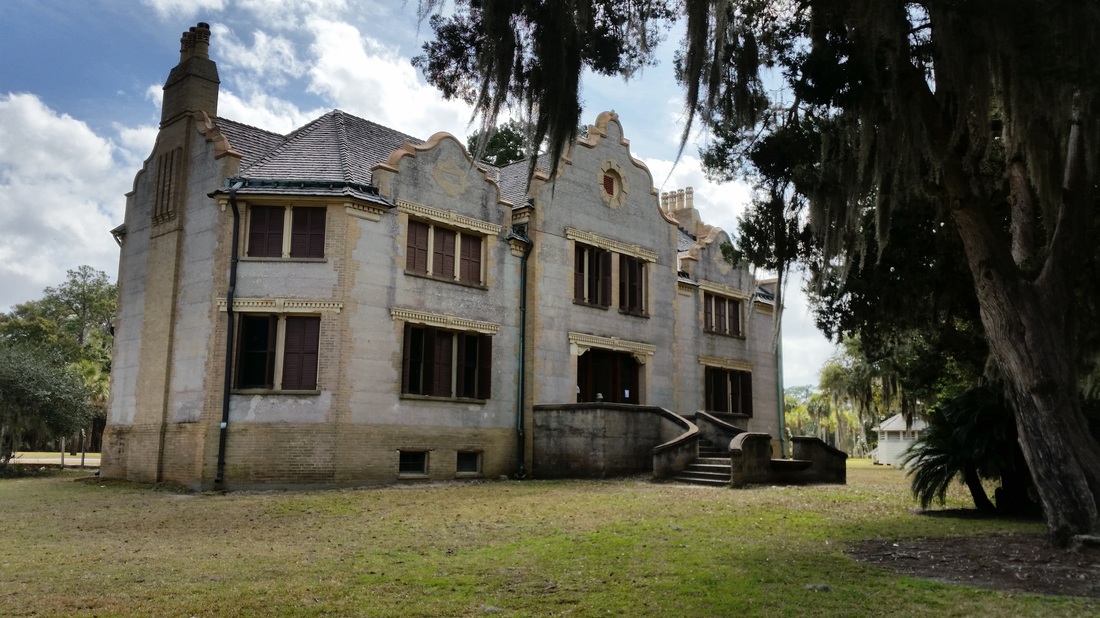
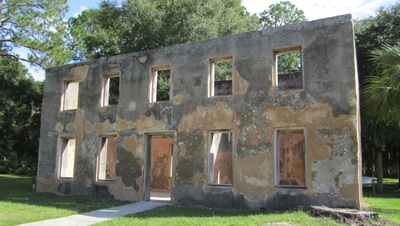
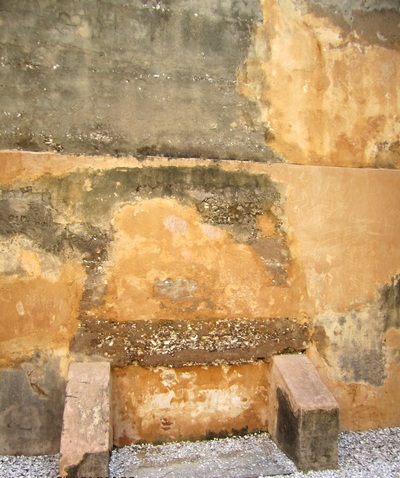
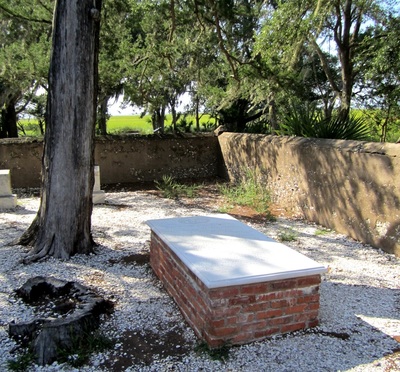
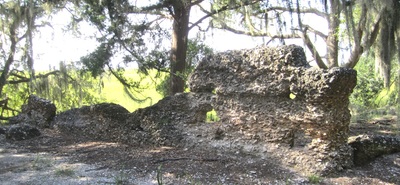
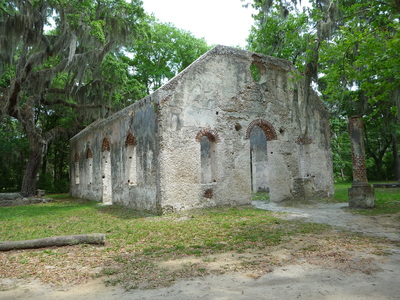
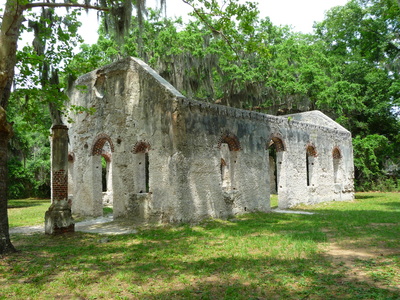

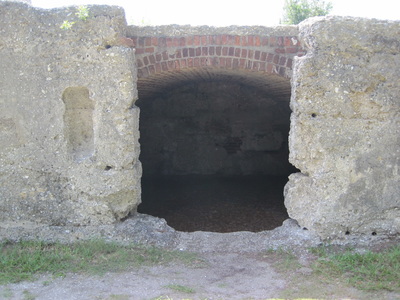
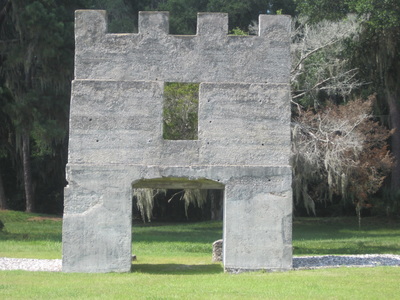
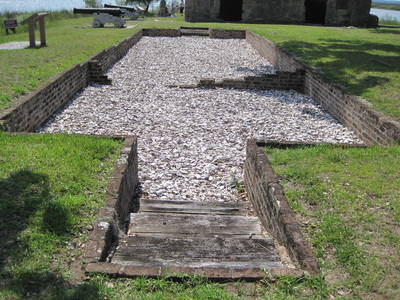
 RSS Feed
RSS Feed
